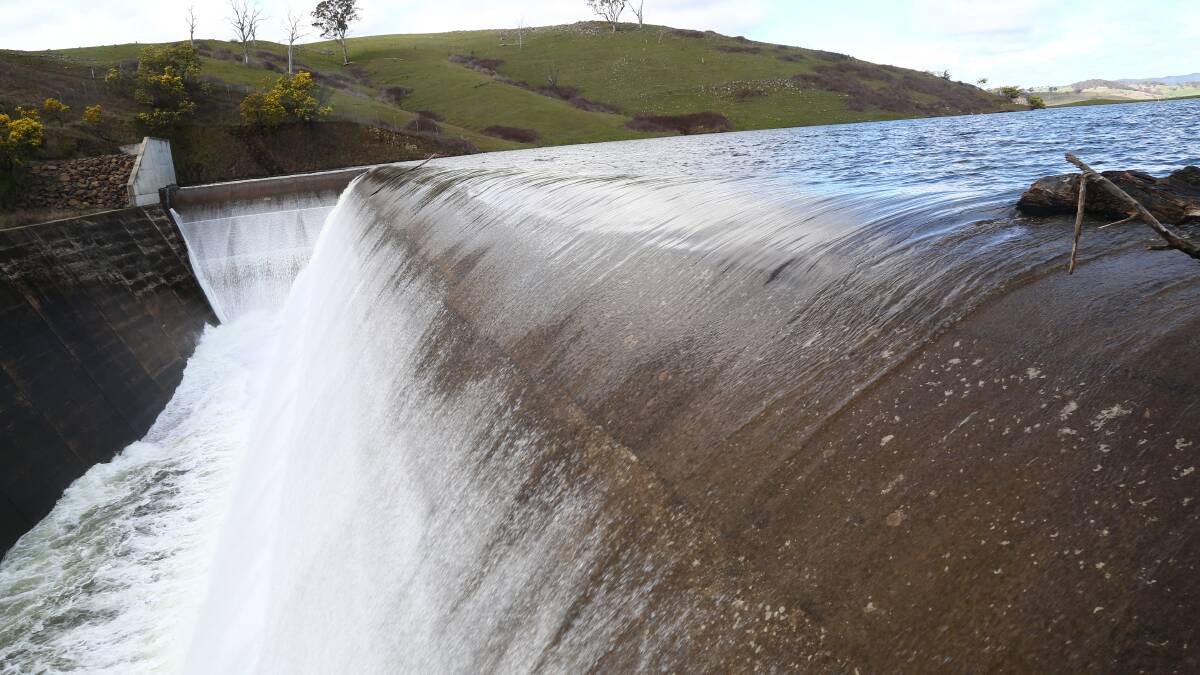
RE: Councillor Warren Aubin's interest in constructing a new dam on the Fish River to give Bathurst greater water security (January 11).
Subscribe now for unlimited access.
$0/
(min cost $0)
or signup to continue reading
Dams of the Chifley Dam size take around eight to 10 years to build, after land acquisition and planning, and the cost would likely be in the billions of dollars.
A new dam would still depend on rainfall.
There is an alternative which would cost far less and could be constructed in less than three years without any land acquisition.
This alternative idea would also solve two other major problems facing the NSW Government.
Problem number one is the need to increase the height of Warragamba Dam to prevent damage to the dam with increased water inflow due to the increased rain expected in that area due to global warming.
Problem number two is huge water releases over the dam in future extreme weather events could flood Emu Plains, causing property damage.
As of this week, Warragamba Dam is full, and excess water is being allowed to leave the dam, go into the Hawkesbury River and drain to the sea. This is water wasted when an alternative is available.
The plan is to construct an underground reservoir adjacent to Warragamba Dam towards the west, at an altitude higher than Bathurst and Orange.
Install a pipeline and pump any excess water from the dam to the reservoir.
Construct a pipeline from the reservoir to a Bathurst outlet to Chifley Dam.
Continue the pipeline to Orange with outlets to the Suma Park Dam and then an outlet into the Macquarie River to allow any excess water to go to Burrendong Dam.
All these outlet levels would be below the reservoir level, so the water would flow by gravity to these places.
In times of excess water flow into Warragamba Dam, the pumps could relieve the dam and send the water to these other storage places.
This system could also be used in times of drought to supply water to western regions from Warragamba Dam and the amount so used be made up to the Sydney storage system by input from the desalination plant (currently not in service).
With this system in place, there would be no need to raise the Warragamba Dam wall, no threat of flooding to Emu Plains and increased water security for Bathurst, Orange and the users of Burrendong Dam.
A win-win-win-win-win.
A similar pipeline was constructed by the NSW Government in 2017/2019 from Wentworth to Broken Hill - 270 kilometres in length. The cost was $275 million.

